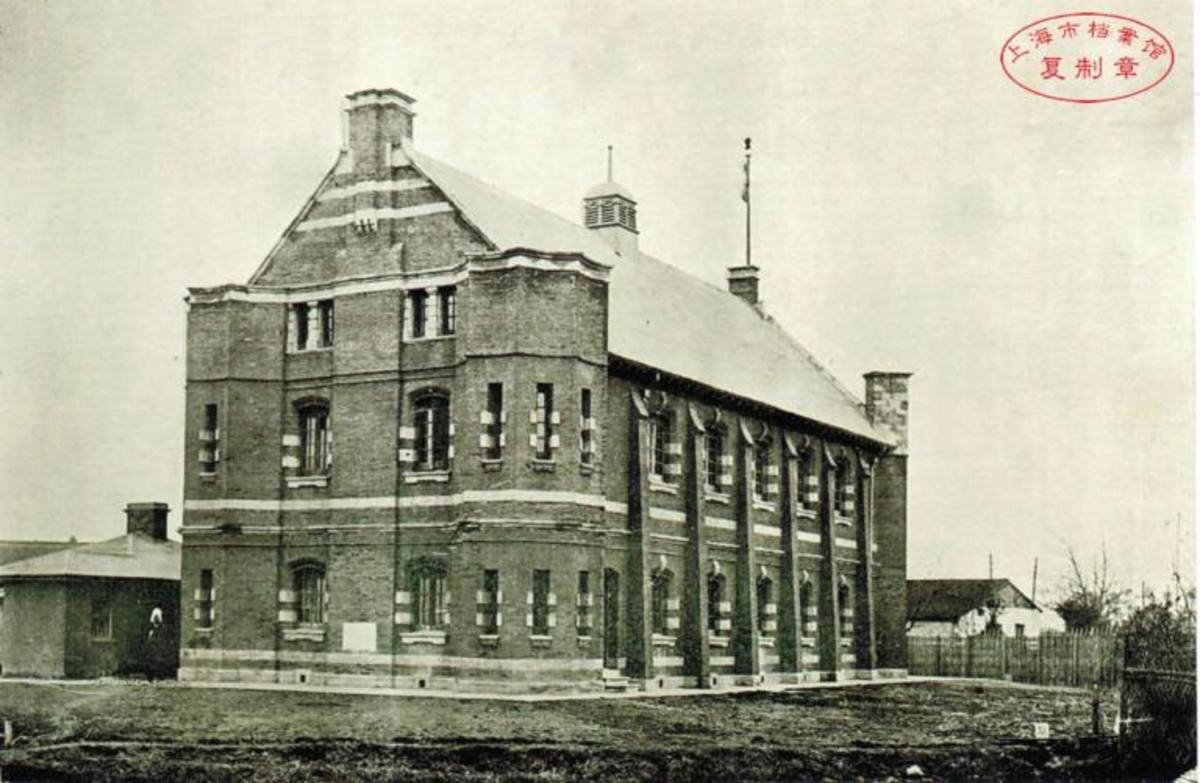Chinese Boxers
Boxer Uprising
The Boxer Rebellion, or Uprising was a violent anti-European, anti Christian movement by an organisation in China. They were called Boxers in English, because of their skills in martial arts. The Chinese rebellion happened during 1898 and 1901, because the society was opposed to foreigners and the expansion of Christian missionaries. Later, the Qing Dynasty tried to squash all western influence in China. Their slogan, 'Support the Qing, destroy the foreign,' encouraged Boxers across North China to attack missionary compounds and kill Christians.
On June 21,1900 the Empress in Beijing, declared war on all foreigners and especially foreign diplomats. The diplomats, knowing that things could get violent as this was the Chinese way, hid their staff and themselves in the street housing the Foreign Embassies
In late June 1900, placards calling for the death of foreigners and Christians covered the walls around Beijing and armed bands of boxers combed the streets of the city, setting fire to homes with imperial blessing, killing Chinese Christians and foreigners.
The Boxers were joined by some of the Chinese army, attacking foreign compounds in the cities of Tianjin and Beijing. The legations of the United Kingdom, France, Germany, Italy, Austria-Hungary, Spain, Belgium, the Netherlands, the USA, Russia, and Japan were all located close together in Beijing. The legations were quickly linked into a compound that became a refuge for foreign citizens.The Spanish and Belgian legations were a few streets away, and their staff moved into the compound. The German legation on the other side of the city was not so lucky as it was stormed before the staff could escape, and the Envoy for the German Empire was murdered. The foreign powers were incensed and demanded redress.
The Massacre at Taiyuan where the mass killing of foreign Christian missionaries and of local church members, including children, from July 1900, was one of the bloodier parts of the Boxer Rebellion. Over 200 Chinese Orthodox Christians were murdered, as well as 182 Protestant missionaries and 500 Chinese Protestants. Forty-eight Catholic missionaries and 18,000 Chinese Catholics were also murdered.
The compound in Beijing remained under siege from the Boxers from June to August. Claude Maxwell Macdonald ,the British minister to China, and the legation staff, with the security personnel defended the compound with one old relic of a cannon; it was nicknamed the 'International Gun' because the barrel was British, the carriage was Italian, the shells were Russian, and the crew was American. The Boxer rebels were unable to break into the compound, and were fought off with great enthusiasm..

A wave of anti-Chinese feeling in Europe, the United States and Japan turned into rage, and reinforcements were quickly despatched.
As the situation worsened, a second International force of 2,000 marines under the command of British Vice-Admiral Seymour was dispatched from Takou to Beijing. The troops were transported by train from Takou, but about 120 kilometres from Beijing the railway line had been cut and Seymour decided to march for the remainder of the journey. After Tianjin however, the convoy was surrounded, and they were attacked from all sides by Chinese irregulars and even Chinese government troops. They managed to fight them off and continued advancing, this time along the Pei-Ho river, but had to give up on their efforts due to stiffening resistance, and started to retreat southward along the river with over two hundred wounded. Commandeering four civilian Chinese junks, they loaded all their wounded and remaining supplies onto them and pulled them along with ropes from the riverbanks. By this point, they were very low on food , ammunition and medical supplies. Luckily, they then happened upon a hidden Qing munitions cache, and they immediately captured and occupied it, discovering not only German Krupp-made field guns, but rifles with millions of rounds of ammunition, along with millions of pounds of rice and ample medical supplies. They dug in and awaited rescue. A Chinese servant was able to infiltrate through the Boxer and Qing lines, informing the Western Powers of their predicament. Surrounded and attacked nearly around the clock by Qing troops and Boxers, they were at the point of being overrun. On 25 June, however, a regiment composed of 1800 men, 900 Russians, 500 British and a mixture of other nationalities sent the Chinese packing. They departed the arsenal in the early morning of 26 June, with the loss of 62 killed and 228 wounded. The march from Tianjin to Beijing of about 120km consisted of about 20,000 allied troops. On 4 August there were approximately 70,000 Imperial troops with anywhere from 50,000 to 100,000 Boxers along the way. There was only minor resistance from the boxers. The International force reached and occupied Beijing on 14 August. American troops played a significant role in suppressing the Rebellionlargely due to the presence of U.S. ships and troops deployed in the Phillipines.
The siege had finally ended, and on 7 September 1901, the Qing court was forced to sign a Peace Agreement between the Eight nations and China. The agreement ordered the execution of ten high-ranking officials linked to the outbreak, and other officials who were found guilty for the slaughter of Westerners in China.
The Boxer rebellion was over.









